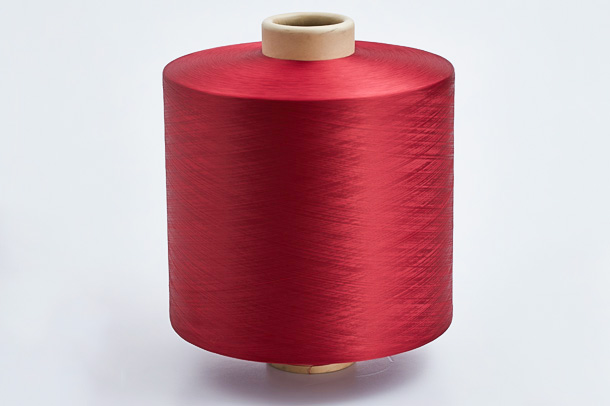Abstract:1. Nylon: good wear resistance, easy to clean, but easy to deform, easy to generate static electricity, will partially d...
1. Nylon: good wear resistance, easy to clean, but easy to deform, easy to generate static electricity, will partially dissolve in case of fire.
2.
Polyester: The abrasion resistance is second only to nylon, heat resistance and light resistance.
3. Polypropylene: light weight, good elasticity, high strength; rich material, good wear resistance and low price.
4. Acrylic fiber: soft, warm and elastic; soft texture, soft color, not easy to lose hair, and anti-slip design on the back; but not strong in water absorption and poor in wear resistance.
5. Pure cotton: pure cotton raw material, good water absorption; good plasticity of the raw material, can be changed in different planes, very convenient for cleaning; can be used with anti-slip pads.
6. Microfiber: The water absorption is 1.5-2 times that of pure cotton, and the fiber fineness is 1/10 of that of pure cotton; the touch is softer than pure cotton, the fiber density is extremely small, and maintenance and cleaning are more convenient.
7. Coconut fiber: Recycled from natural coconut fiber; environmentally friendly and durable, with natural color and colorful printing; it can effectively scrape the soles of sand, stain-resistant and simple to clean.
8. Rubber flocking: good drainage, light resistance, tough, durable, beautiful, and long service life; it not only has the function of anti-slip, but also can be used to help scrape the sole sediment, which is very convenient for cleaning.

